Home>diy>Planning & Engineering>What Challenges Do Clients Often Face When Collaborating With A Landscape Architect?
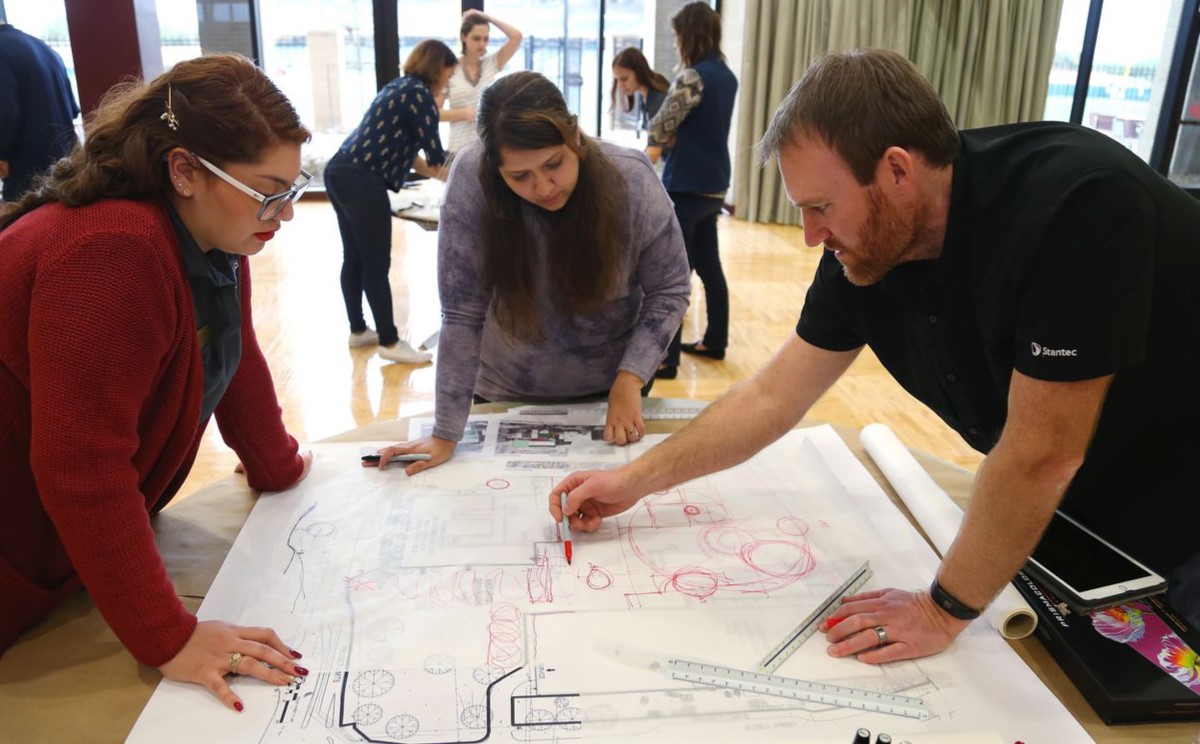

Planning & Engineering
What Challenges Do Clients Often Face When Collaborating With A Landscape Architect?
Modified: August 17, 2024
Discover the common challenges that clients face when partnering with a landscape architect for planning and engineering projects. Find solutions to enhance collaboration.
(Many of the links in this article redirect to a specific reviewed product. Your purchase of these products through affiliate links helps to generate commission for Storables.com, at no extra cost. Learn more)
Introduction
Collaborating with a landscape architect can be an exciting and transformative experience, allowing clients to bring their outdoor spaces to life. Whether it’s a residential garden, a commercial property, or a public park, the expertise and vision of a landscape architect can greatly enhance the aesthetics and functionality of any outdoor space. However, like any collaborative process, there are challenges that clients often face when working with a landscape architect.
In this article, we will explore some of the common challenges that clients encounter and provide insights on how to overcome them. By understanding these challenges upfront, clients can better prepare for the collaborative process and ensure a successful outcome for their landscape design project.
Key Takeaways:
- Collaborating with a landscape architect requires proactive education about the design process, effective communication, and a willingness to embrace differing design aesthetics to achieve a successful and satisfying outdoor space transformation.
- Overcoming challenges such as budget constraints, regulatory requirements, and limited resources involves open communication, flexibility, and proactive consideration of long-term maintenance needs, paving the way for a vibrant and sustainable landscape design.
Read more: When To Hire A Landscape Architect
Lack of Understanding of the Landscape Design Process
One of the most significant challenges clients face when collaborating with a landscape architect is a lack of understanding of the landscape design process. Many clients come into the collaboration with little to no knowledge of the steps involved and the complexity of designing an outdoor space.
Without a clear understanding of the process, clients may have unrealistic expectations or may not fully comprehend the time, effort, and resources required for a successful project. This can lead to miscommunication, frustration, and ultimately hinder the progress of the collaboration.
To overcome this challenge, it is essential for clients to educate themselves about the landscape design process. They can start by researching and familiarizing themselves with the different stages involved, such as conceptual design, schematic design, design development, and construction documentation. Additionally, reaching out to the landscape architect for an initial consultation can provide an opportunity to ask questions and gain a better understanding of how the process works.
Collaborating with a landscape architect is a partnership, and clients should actively participate by expressing their goals, preferences, and budget constraints. By being proactive and well-informed, clients can have a more meaningful and productive experience throughout the design process.
Communication Issues
Effective communication is key to a successful collaboration between a client and a landscape architect. However, communication issues can often arise and create obstacles in the design process.
One common communication challenge is a lack of clarity in conveying ideas and expectations. Clients may have a vision in their minds, but articulating that vision to the landscape architect can be challenging. This can result in misunderstandings and the potential for the landscape architect to deviate from the desired outcome.
To overcome this challenge, it is crucial for clients to find ways to communicate their ideas more effectively. This can include providing visual references, such as photographs or sketches, to help illustrate their vision. Additionally, being open to feedback and actively listening to the landscape architect’s suggestions can foster a collaborative atmosphere and ensure that both parties are on the same page.
Another communication challenge can arise from differing communication styles or language barriers. Clients and landscape architects may come from different backgrounds and have different approaches to communication. These differences can lead to misunderstandings and hinder the productive exchange of ideas.
To address this challenge, it is important for both parties to be aware of their communication styles and make an effort to bridge any gaps. This can involve using visual aids, utilizing technology such as email or video conferencing, or even considering the assistance of a translator if language barriers exist.
Regular and open communication between the client and landscape architect is crucial throughout the design process. Clients should establish a clear line of communication and schedule regular check-ins to provide updates, ask questions, and address any concerns. This ensures that everyone involved in the project is informed and can collaborate effectively.
By recognizing and addressing communication issues, clients can create a collaborative environment that fosters effective communication and paves the way for a successful landscape design project.
Differences in Design Aesthetic and Vision
When collaborating with a landscape architect, it is not uncommon for clients to encounter differences in design aesthetic and vision. Clients often have their own unique preferences and ideas about how they want their outdoor space to look and function, while landscape architects bring their own expertise and design sensibilities to the table.
These differences in design aesthetic and vision can sometimes create challenges and tensions during the collaborative process. The landscape architect may propose ideas or designs that do not align perfectly with the client’s vision, leading to a potential clash of preferences.
However, it is essential to remember that a successful collaboration often involves a blending of both the client’s desires and the landscape architect’s expertise. Finding a balance that respects both perspectives is key to achieving a cohesive and harmonious design.
To overcome differences in design aesthetic and vision, it is important for clients to maintain an open mind and be willing to explore alternative ideas. It can be helpful to engage in a dialogue with the landscape architect, thoroughly discussing the design goals, preferences, and expectations.
By expressing their preferences clearly and providing specific examples or references, clients can help guide the landscape architect in understanding their desired aesthetic. Additionally, it is valuable to trust in the expertise of the landscape architect and be receptive to their suggestions and design solutions.
In some cases, a compromise may be necessary to accommodate both the client’s vision and the landscape architect’s expertise. This may involve finding creative solutions or exploring different design options that meet both parties’ objectives.
Ultimately, the goal is to find a shared vision and design aesthetic that satisfies the client’s desires while leveraging the expertise and creativity of the landscape architect. By being open to new ideas, engaging in honest and constructive communication, and embracing a collaborative mindset, clients can navigate through the challenges arising from differences in design aesthetic and vision, leading to a successful and satisfying outcome for their landscape design project.
Budgetary Constraints
One of the significant challenges clients often face when collaborating with a landscape architect is budgetary constraints. Designing and implementing a landscape project can involve various expenses, including materials, labor, permits, and maintenance costs. It is important for clients to establish a realistic budget and work within its limitations.
However, staying within budget while accomplishing the desired design can be a delicate balancing act. Clients may have ambitious ideas or specific requirements that might exceed their budget, leading to the need for compromises or scaled-back designs.
To overcome budgetary constraints, clients must have clear communication with the landscape architect about their budget limitations from the outset. This allows the landscape architect to develop a design proposal that fits within the client’s financial parameters.
During the design process, the landscape architect can provide insights and recommendations on cost-saving measures without compromising the aesthetic or functionality of the design. This may involve suggesting alternative materials, adjusting the scope of the project, or phasing the implementation over time.
Additionally, clients should prioritize their needs and define their must-have elements versus nice-to-have elements. This helps in making informed decisions during the design process and ensures that the critical aspects of the project are accommodated within the allocated budget.
Working with a landscape architect experienced in designing within various budget ranges can also be beneficial. Their expertise and knowledge can help clients explore different options and solutions that achieve the desired aesthetic and functionality while being mindful of the budget.
Regular communication and transparency regarding the budget throughout the collaboration are essential. This enables both the client and the landscape architect to make informed decisions and adjustments as needed. Additionally, clients should be prepared for unexpected expenses that may arise during the project’s implementation phase.
By actively addressing budgetary constraints and working closely with the landscape architect, clients can find solutions that balance their financial limitations with their desired landscape design, resulting in a successful and cost-effective outcome.
Read more: What Pen Do Landscape Architect Use
External Factors and Regulatory Requirements
When collaborating with a landscape architect, clients often encounter external factors and regulatory requirements that can pose challenges to their design project. These factors can include local zoning regulations, building codes, environmental restrictions, and neighborhood guidelines.
Complying with these external factors and regulations is crucial to ensure that the landscape design meets legal and environmental standards. However, navigating through the complex web of regulations can be overwhelming for clients.
To overcome these challenges, it is essential for clients to work closely with their landscape architect to understand and adhere to the relevant external factors and regulatory requirements. The landscape architect is familiar with these regulations and can guide clients through the process, ensuring compliance while maintaining the integrity of the design.
Early research is key to understanding the specific regulations and zoning codes that apply to the project. Clients should familiarize themselves with local laws and restrictions to avoid any surprises or delays during the design and implementation phases.
The landscape architect can help by conducting a thorough site analysis, which includes identifying any potential challenges or restrictions imposed by external factors. By identifying these in advance, the landscape architect can develop a design that works harmoniously with the surrounding environment and addresses any regulatory requirements.
During the design process, it is vital for clients to communicate any specific limitations or guidelines they may need to adhere to. This can include restrictions on building height, setback requirements, or limitations on certain materials or features.
Having a collaborative relationship with local authorities and engaging in an open dialogue can also facilitate a smoother process. The landscape architect can often act as a liaison between the client and regulatory bodies, helping to navigate any obstacles and ensure compliance with the necessary regulations.
By being proactive, informed, and working closely with the landscape architect, clients can successfully navigate the external factors and regulatory requirements that may arise during the landscape design project, ultimately bringing their vision to life while adhering to the necessary regulations.
When collaborating with a landscape architect, clearly communicate your vision, budget, and timeline from the beginning. This will help ensure that everyone is on the same page and can work towards a successful project.
Limited Availability of Resources
Another challenge that clients often face when collaborating with a landscape architect is the limited availability of resources. Resources can include materials, plants, specialized labor, or even budgetary constraints that affect the overall scope of the project.
Scarcity or limited availability of certain resources can impact the design options and implementation of the landscape project. Clients may have specific preferences for certain materials or plants that are not readily accessible or may come at a higher cost.
To overcome this challenge, it is important for clients to work closely with their landscape architect and be open to alternative solutions. The landscape architect’s expertise and knowledge of available resources can offer creative ideas and substitutions that can still achieve the desired aesthetic and functionality.
Researching and exploring local resources is also valuable. Clients can discover suppliers or nurseries that offer a wide range of options at competitive prices. Additionally, seeking out sustainable and locally sourced materials can reduce the reliance on scarce or expensive resources.
Efficient project management is essential in overcoming this challenge. By carefully planning and scheduling the project, clients can ensure that resources are utilized effectively and efficiently. This may involve phasing the project over time or adjusting the design to accommodate the availability of certain resources.
Furthermore, clients can collaborate with the landscape architect to explore innovative and sustainable design practices that minimize resource consumption. This can include incorporating drought-tolerant plants, using recycled materials, or implementing water-efficient irrigation systems.
Flexibility and open communication are key throughout the collaboration process. Clients should be prepared to adapt their vision and expectations based on the availability of resources. The landscape architect can propose alternative solutions and options that align with the available resources, helping clients achieve their desired outcome within their limitations.
Ultimately, by working closely with their landscape architect, exploring alternative resources, and being open to creative solutions, clients can overcome the challenge of limited availability of resources and still create a beautiful and functional landscape design.
Time Constraints and Deadline Pressures
Time constraints and deadline pressures are common challenges that clients often face when collaborating with a landscape architect. Projects often have specific timelines and deadlines that need to be met, which can create stress and pressure for both clients and landscape architects.
One of the primary factors contributing to time constraints is the client’s desire to complete the project within a specific timeframe. This could be due to upcoming events, seasons, or personal circumstances. However, it’s essential to balance the desired timeline with the realistic timeframe required for proper planning and execution of the project.
To overcome time constraints and deadline pressures, it is crucial to establish clear communication between the client and the landscape architect from the project’s inception. This includes discussing the desired timeline, project milestones, and any external factors that may influence the schedule.
Collaboratively developing a realistic project timeline is essential. The landscape architect can provide insights into the various stages of the design and implementation process, allowing clients to have a better understanding of the time required for each phase.
Flexibility is also key in managing time constraints. There may be unforeseen challenges or delays that arise during the project, such as adverse weather conditions or availability of resources. Having a contingency plan in place and allowing for some buffer time can help alleviate the pressure of strict deadlines.
Regular communication and progress updates are vital to ensuring that the project stays on track. Clients should regularly check in with the landscape architect to receive updates on the project’s status, discuss any concerns or changes, and address any potential issues that may arise.
It is important for clients to have realistic expectations about what can be achieved within the given timeframe. Rushing through the design and implementation process can lead to subpar results, compromising the quality of the final outcome. Collaborating with the landscape architect to prioritize essential elements and phases can help ensure that the project progresses smoothly within the given time constraints.
By establishing realistic timelines, allowing for flexibility, maintaining open communication, and having a collaborative mindset, clients can effectively navigate time constraints and deadline pressures, ensuring a successful and timely completion of their landscape design project.
Additional Stakeholder Input and Decision-Making Process
When collaborating with a landscape architect, clients often encounter the challenge of incorporating input and making decisions from additional stakeholders involved in the project. This can include family members, business partners, neighborhood associations, or regulatory bodies.
Managing multiple perspectives and ensuring that the design meets the needs and preferences of all stakeholders can be a complex undertaking. It requires effective communication, consensus-building, and a clear decision-making process.
To overcome this challenge, it is essential to establish a clear communication plan from the outset. Clients should initiate conversations with all relevant stakeholders and ensure that their expectations, concerns, and preferences are effectively communicated to the landscape architect.
Regular meetings or discussions involving all stakeholders can help in fostering collaboration and a sense of ownership. This allows for the exchange of ideas, addressing any conflicts or differing opinions, and finding common ground.
It’s important to strike a balance between accommodating the input and preferences of all stakeholders while remaining true to the overall design vision. The landscape architect can offer their expertise and guidance to help mediate any conflicts and find design solutions that meet the collective needs.
A clear decision-making process is crucial when multiple stakeholders are involved. Designating a decision-making authority or establishing a voting process can help streamline the decision-making process and avoid unnecessary delays. This ensures that everyone’s voice is heard while maintaining project progress.
Clients should also be prepared to make decisions in a timely manner, as hesitation or indecisiveness can lead to delays and frustration among stakeholders. Trusting in the expertise of the landscape architect and being open to their recommendations can streamline the decision-making process and ultimately lead to a more cohesive and successful design outcome.
Transparency throughout the decision-making process is essential. Clients should ensure that all stakeholders are kept informed about the progress, design decisions, and any changes that may occur. This fosters trust and ensures that everyone is on the same page throughout the collaboration.
By actively involving all stakeholders, maintaining open communication, establishing a clear decision-making process, and finding common ground, clients can navigate the challenge of incorporating additional stakeholder input, leading to a collaborative and successful landscape design project.
Maintenance and Long-Term Care Considerations
When collaborating with a landscape architect, it is essential for clients to consider the maintenance and long-term care requirements of their outdoor space. While the design phase focuses on creating a beautiful and functional landscape, it is equally important to plan for its ongoing upkeep.
One of the challenges clients often face is understanding the maintenance needs of the designed landscape. Different plants, materials, and features may require specific care and attention to thrive and maintain their visual appeal over time.
To overcome this challenge, it is crucial for clients to have open and transparent communication with the landscape architect about the maintenance expectations and considerations. The landscape architect can provide guidance on plant selection, hardscape materials, irrigation systems, and other features that require regular maintenance.
Education and awareness are key. Clients should take the initiative to learn about the specific maintenance requirements of the landscape elements. This can involve researching and understanding the appropriate watering, fertilization, pruning, and pest management techniques for the plants in their outdoor space.
Incorporating low-maintenance design principles can be beneficial in reducing the long-term care and maintenance requirements. For example, selecting native and drought-tolerant plants that are suited to the local climate can minimize the need for excessive watering and reduce the risk of plant stress or diseases.
Considering long-term care and sustainability practices can also contribute to the overall success of the landscape design. Clients can explore options such as rainwater harvesting, use of organic fertilizers, and integration of sustainable materials, all of which can reduce the environmental impact and maintenance effort required.
Allocating a budget for ongoing maintenance is essential. Clients should consider the cost and time associated with regular upkeep, such as lawn mowing, pruning, mulching, and general landscape maintenance. This allows for the proper allocation of resources and ensures that the outdoor space remains healthy and visually appealing in the long run.
Contracting professional landscape maintenance services can provide peace of mind to clients who may not have the time or expertise to perform regular maintenance tasks themselves. Hiring professionals can ensure that the landscape receives proper care and attention, allowing the clients to enjoy their outdoor space without the burden of maintenance responsibilities.
By proactively considering the maintenance and long-term care needs of their landscape design, clients can ensure that their outdoor space remains vibrant and beautiful for years to come. Collaborating with the landscape architect in planning and implementing a maintenance strategy can help address this challenge and create a sustainable and visually appealing landscape.
Conclusion
Collaborating with a landscape architect can be an enriching and transformative experience for clients seeking to enhance their outdoor spaces. However, it’s important to recognize and address the challenges that may arise throughout the collaborative process.
From a lack of understanding of the landscape design process to communication issues, design aesthetic differences, budgetary constraints, external factors and regulatory requirements, limited availability of resources, time constraints, additional stakeholder input, and maintenance considerations, each challenge presents an opportunity for growth and collaboration.
By educating themselves about the landscape design process, clients can have a clearer understanding of what to expect and actively participate in the project. Effective communication, both with the landscape architect and additional stakeholders, is crucial for a successful collaboration. Clients should be open to the landscape architect’s expertise and design solutions while maintaining their vision and preferences.
Managing budgets, complying with regulations, and addressing resource limitations require careful planning and flexibility. By working closely with the landscape architect, clients can find innovative and cost-effective solutions.
Recognizing the impact of time constraints and deadlines helps in establishing realistic timelines and embracing a collaborative mindset. Incorporating stakeholders’ input and establishing a clear decision-making process fosters consensus and ownership.
Finally, considering maintenance and long-term care needs ensures that the landscape design thrives over time. Proactive planning and ongoing communication with the landscape architect help clients prioritize essential care and minimize maintenance efforts.
In conclusion, by acknowledging and overcoming the challenges clients commonly face when collaborating with a landscape architect, clients can pave the way for a successful and satisfying landscape design project. Collaboration, communication, education, flexibility, and a focus on long-term care create the foundation for a beautiful and functional outdoor space that brings joy and enhances the quality of life.
Frequently Asked Questions about What Challenges Do Clients Often Face When Collaborating With A Landscape Architect?
Was this page helpful?
At Storables.com, we guarantee accurate and reliable information. Our content, validated by Expert Board Contributors, is crafted following stringent Editorial Policies. We're committed to providing you with well-researched, expert-backed insights for all your informational needs.
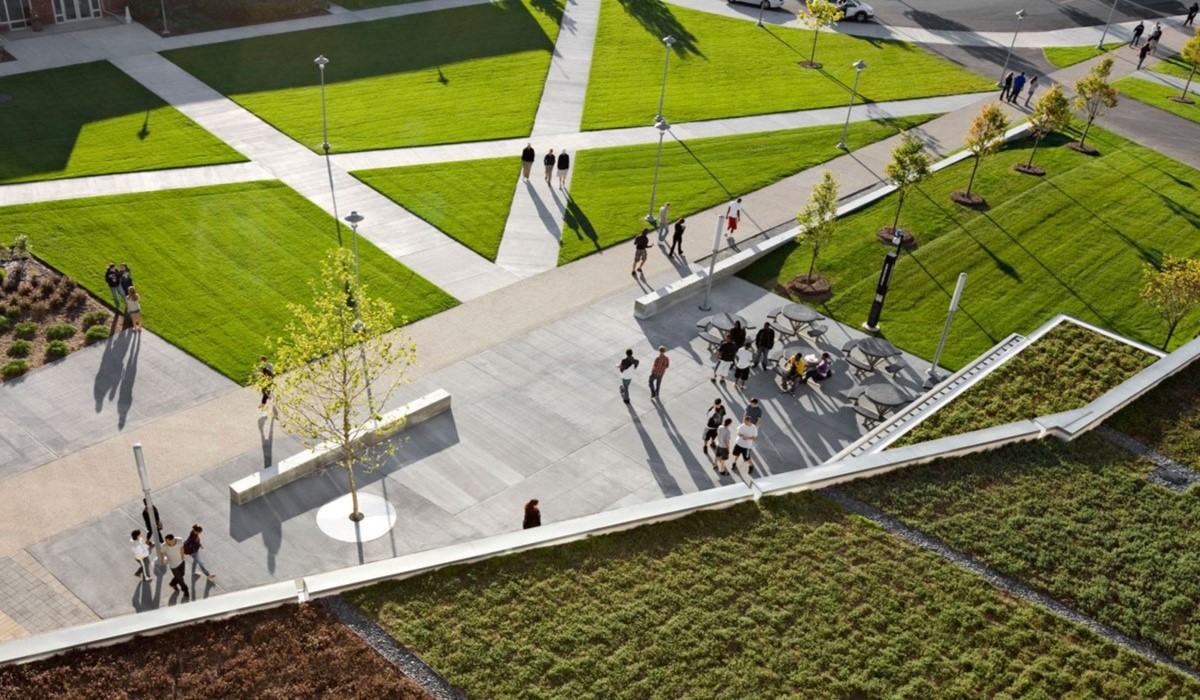
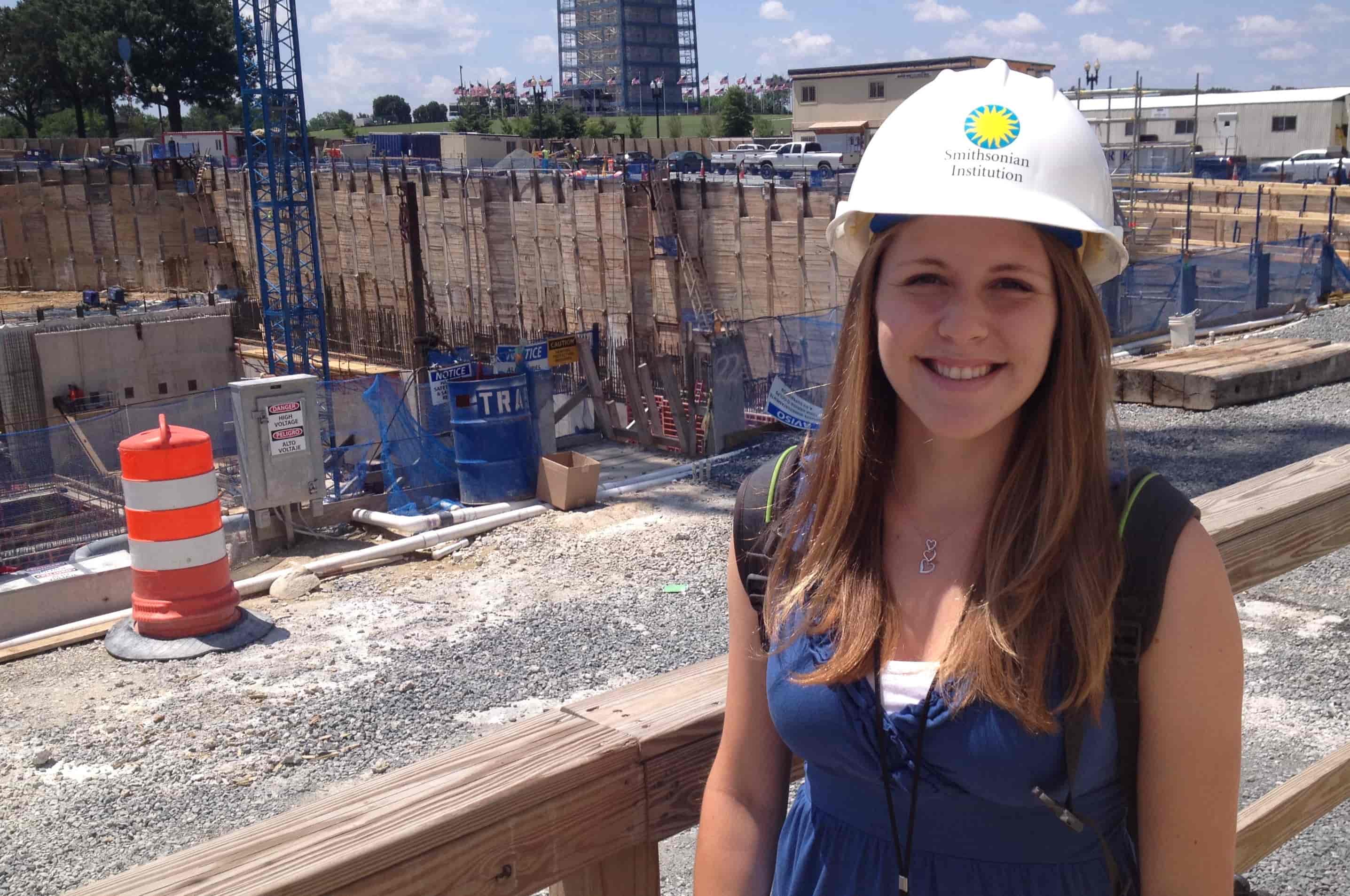

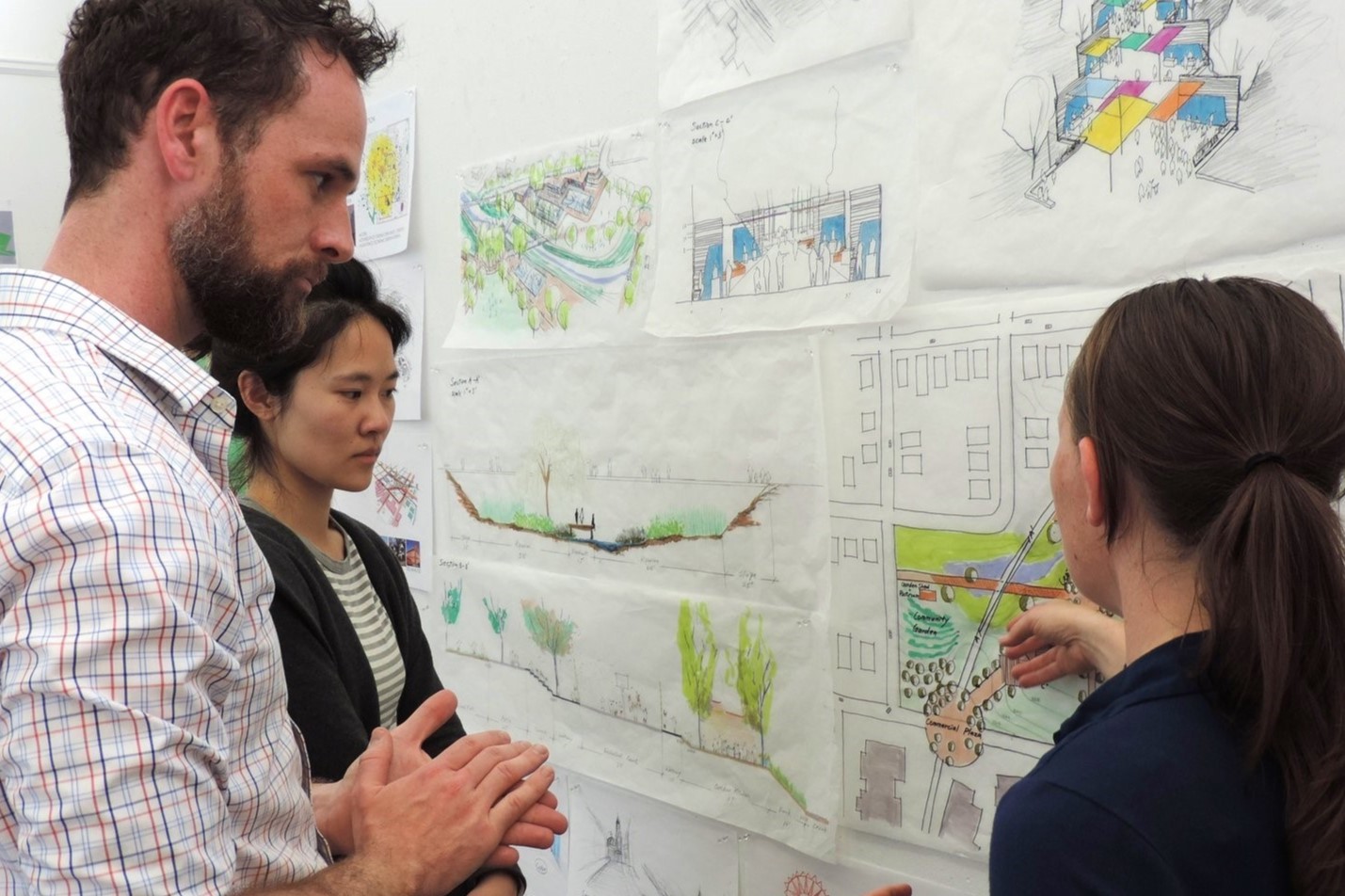
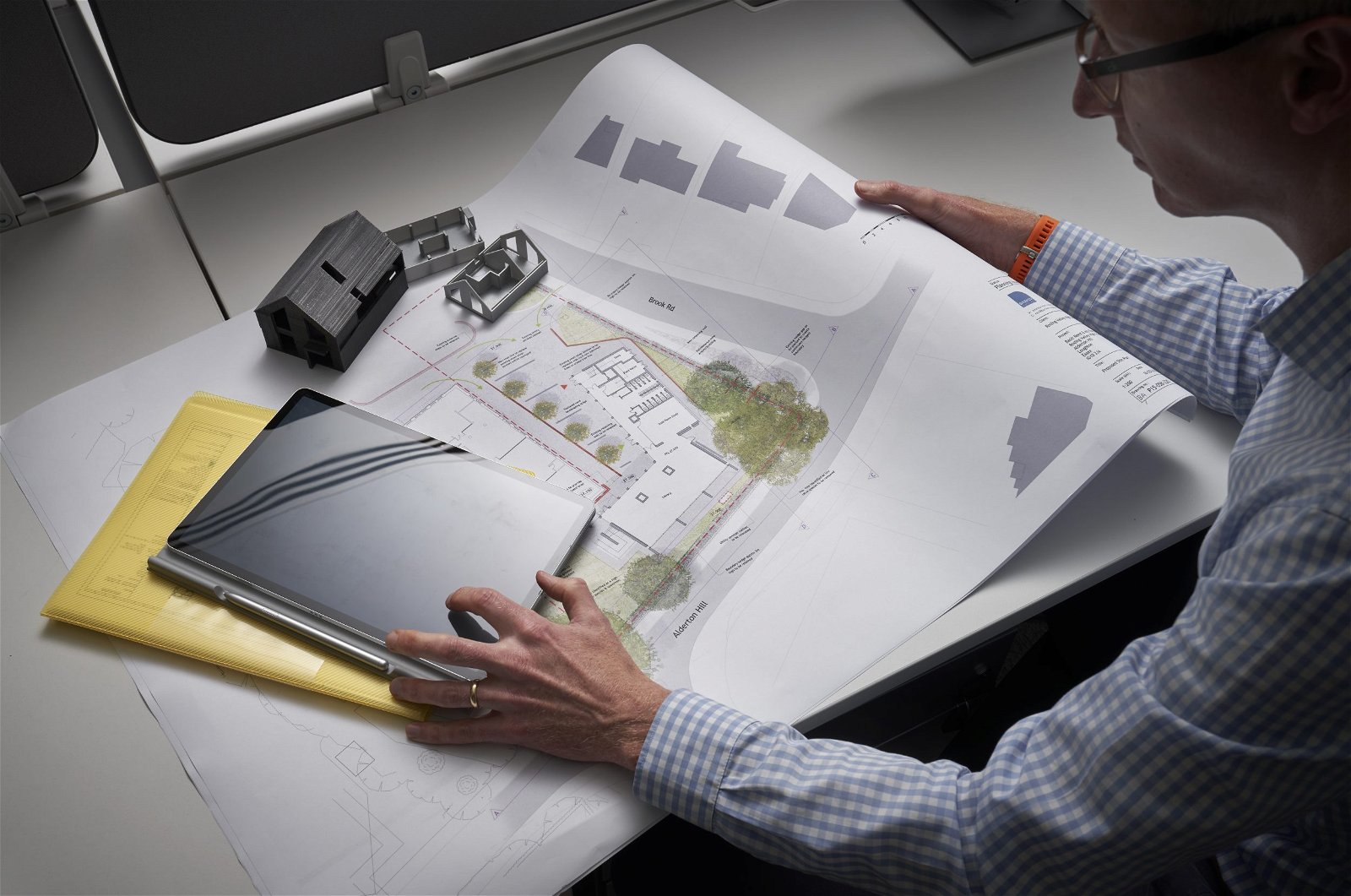
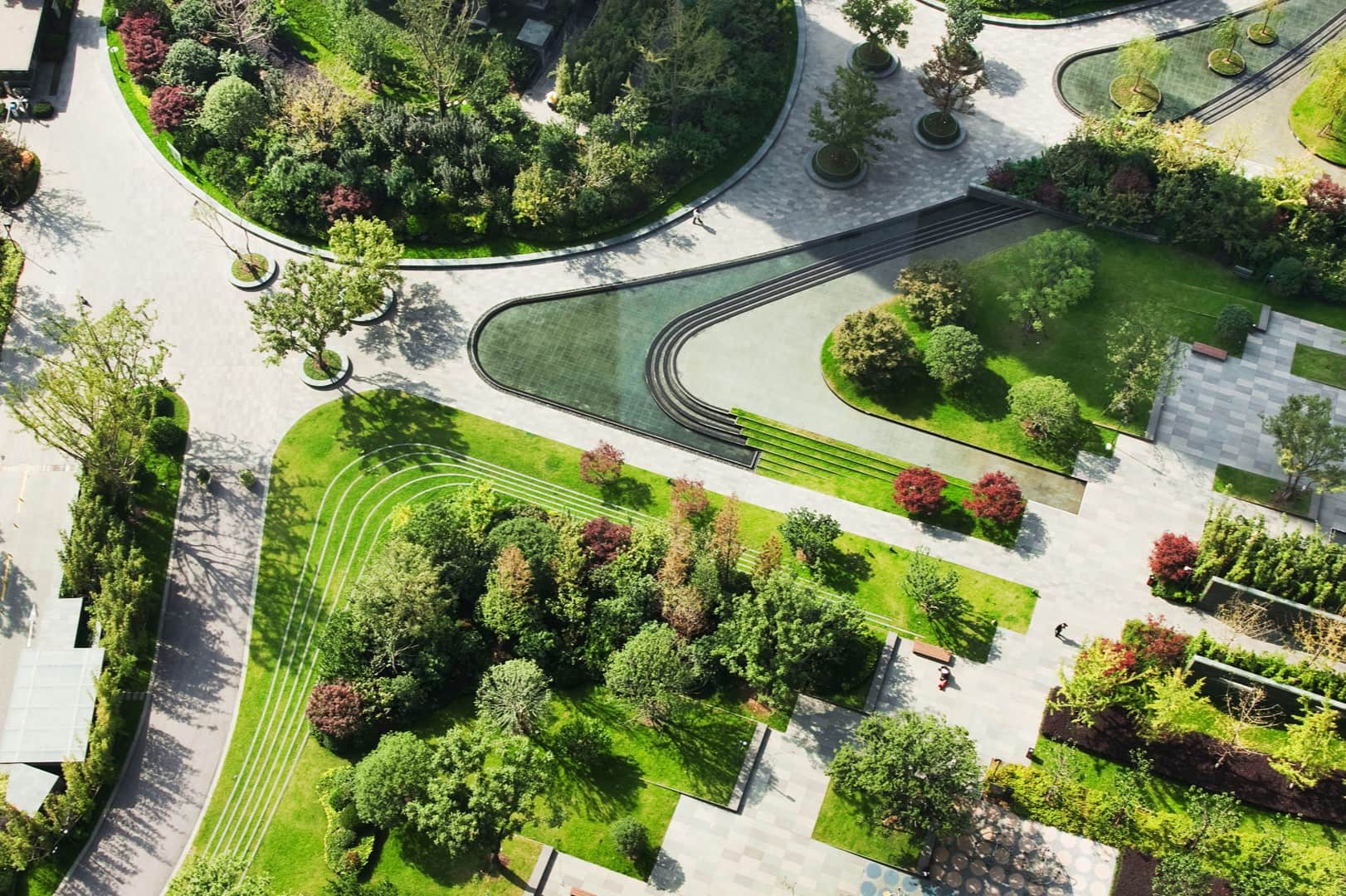
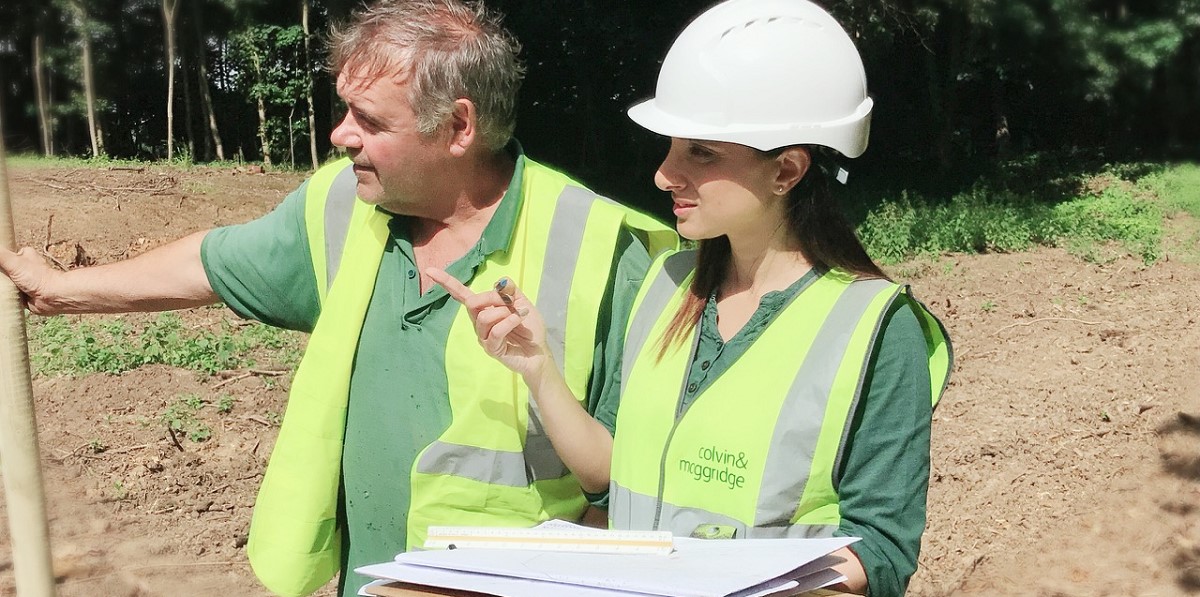
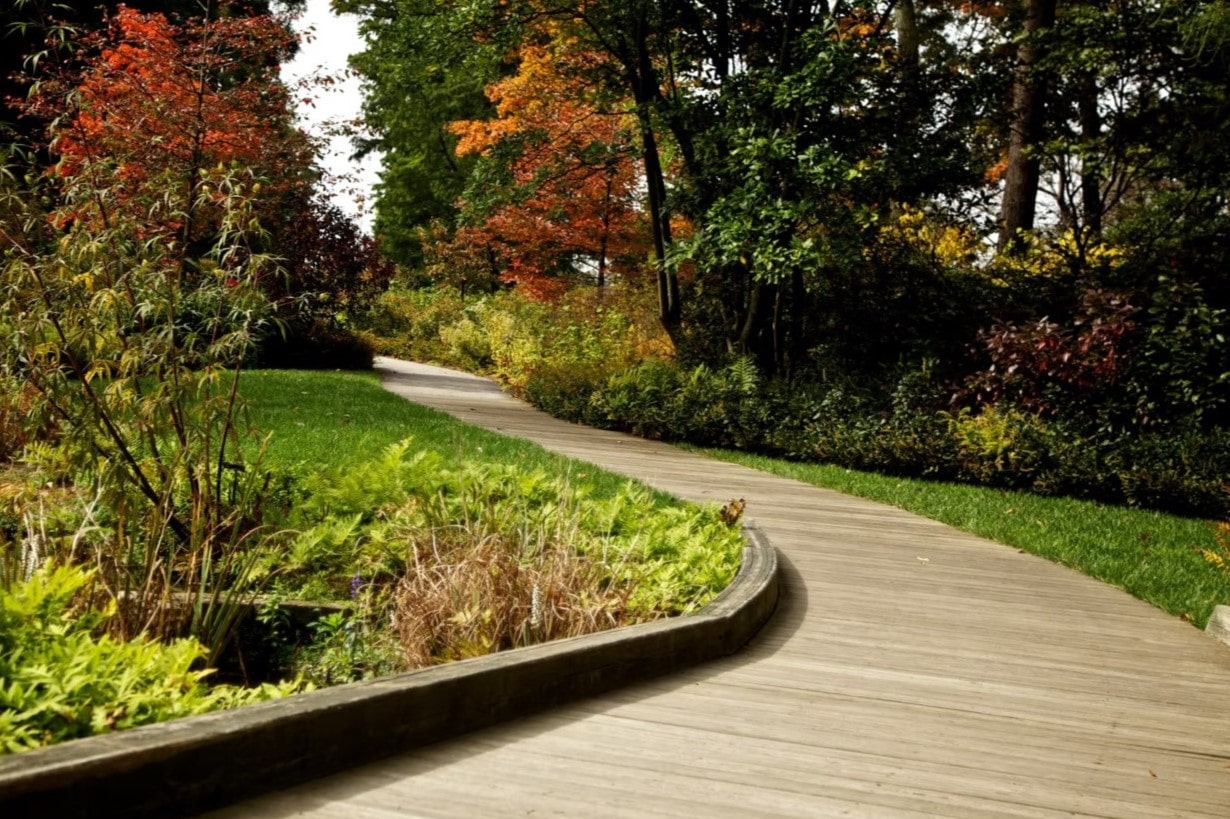
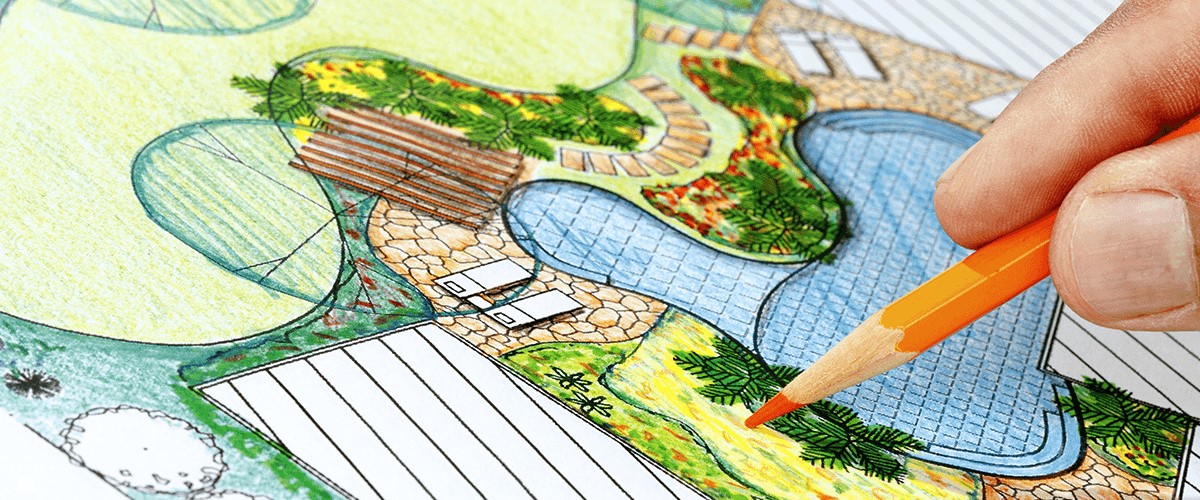
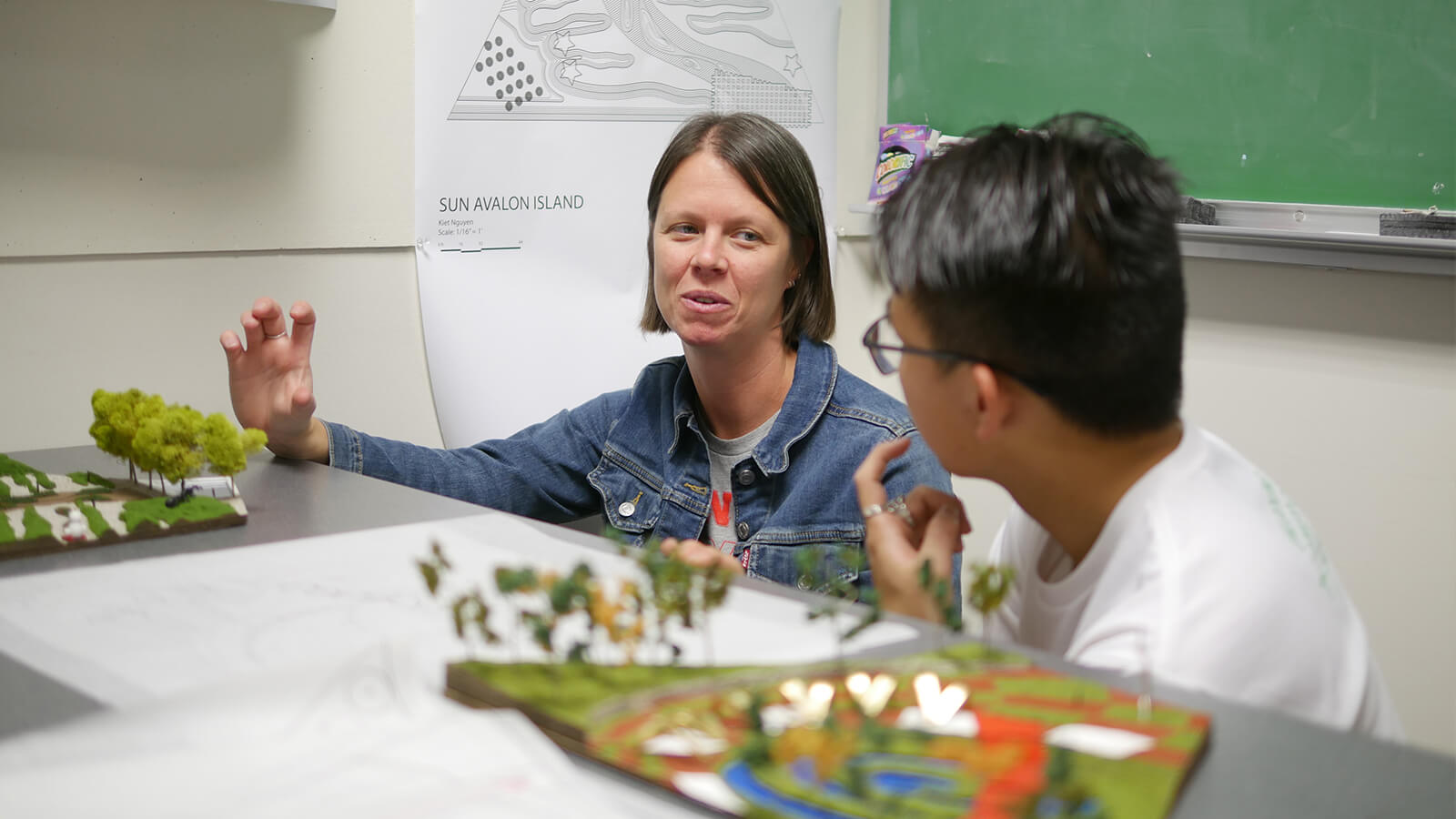
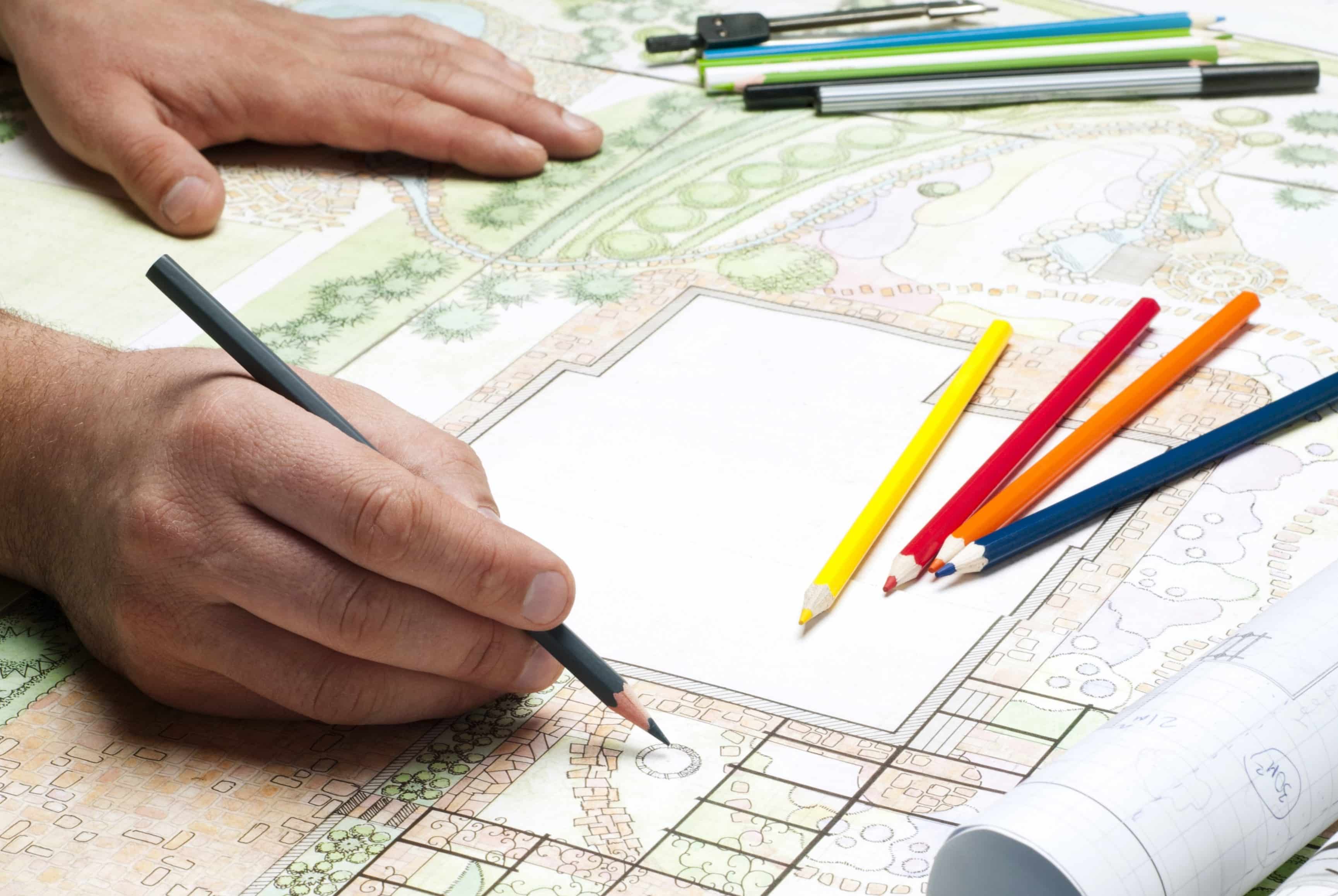
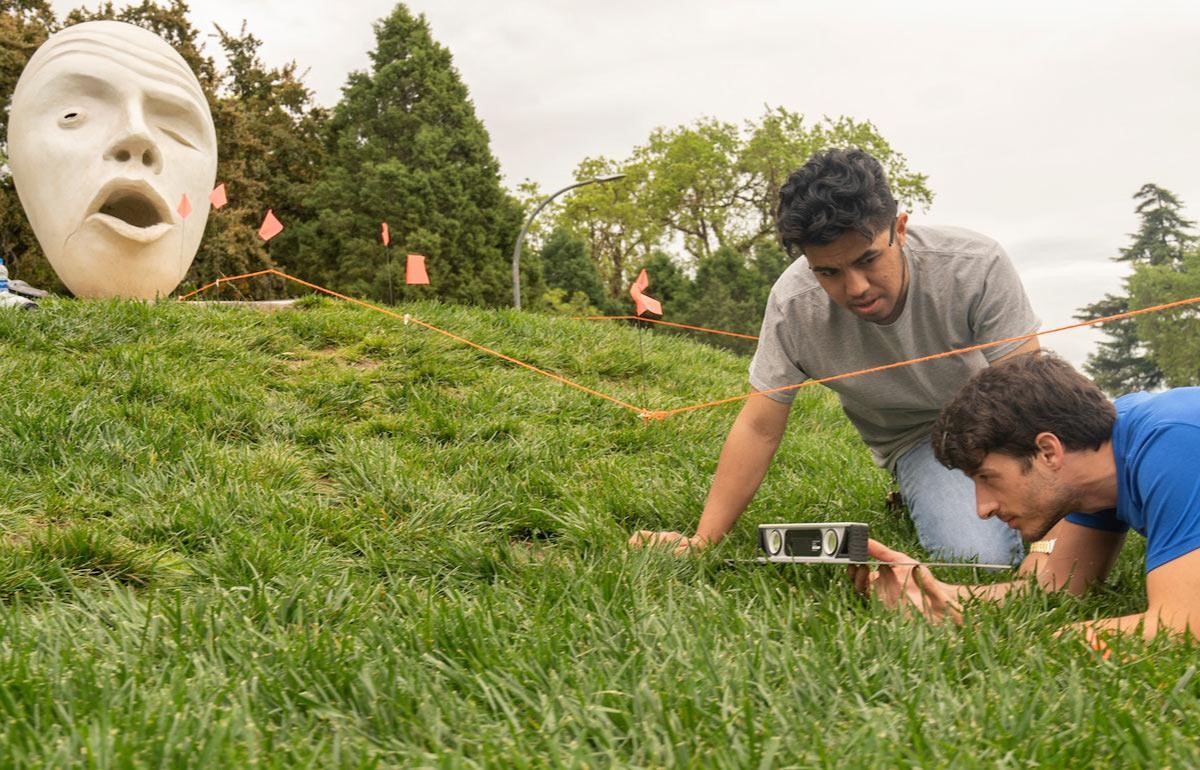


0 thoughts on “What Challenges Do Clients Often Face When Collaborating With A Landscape Architect?”